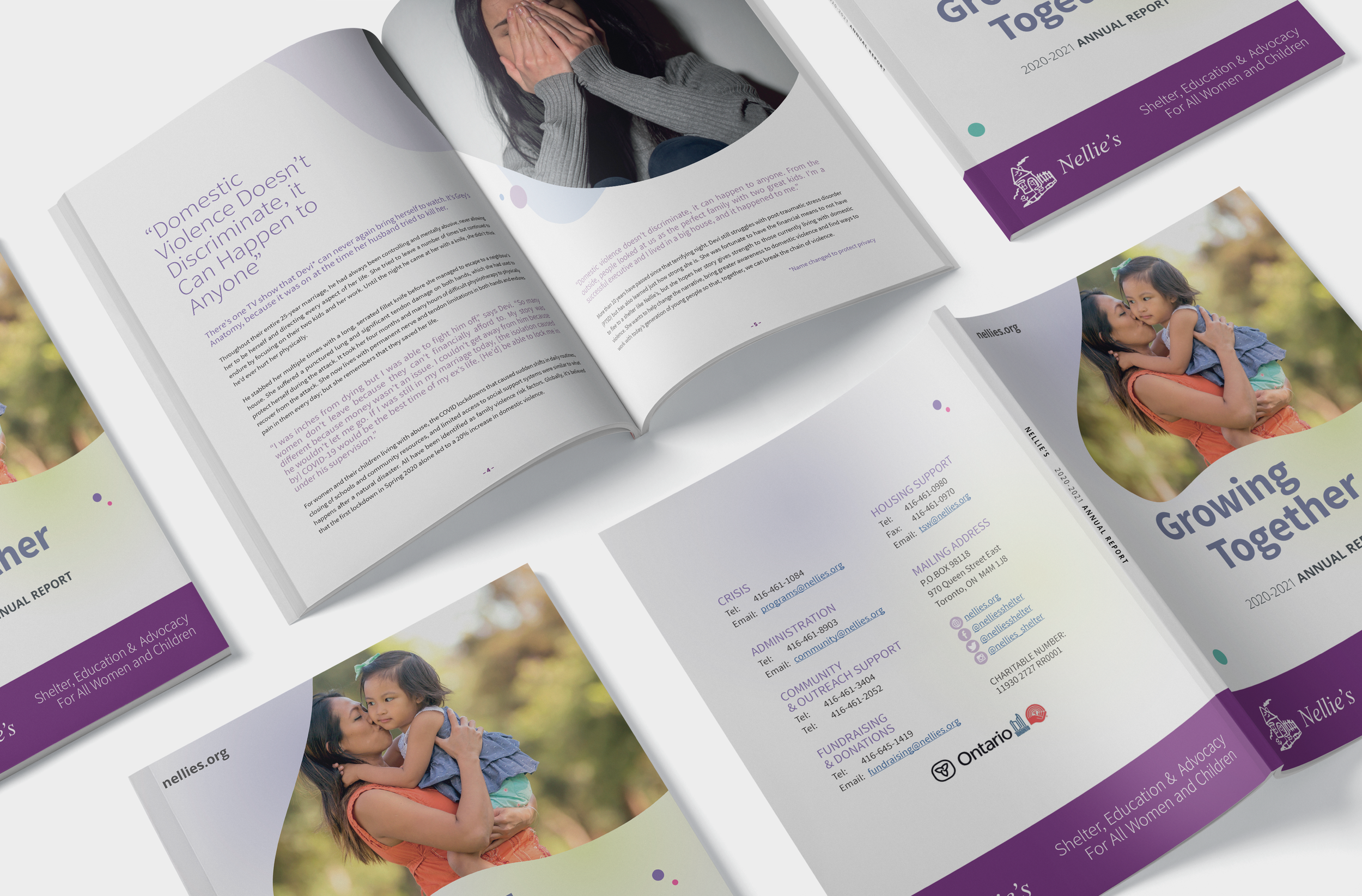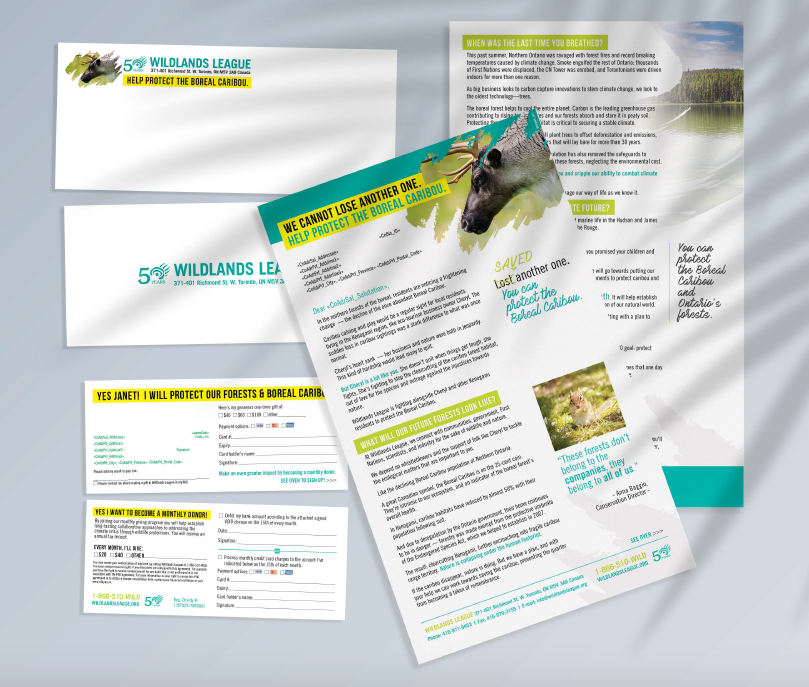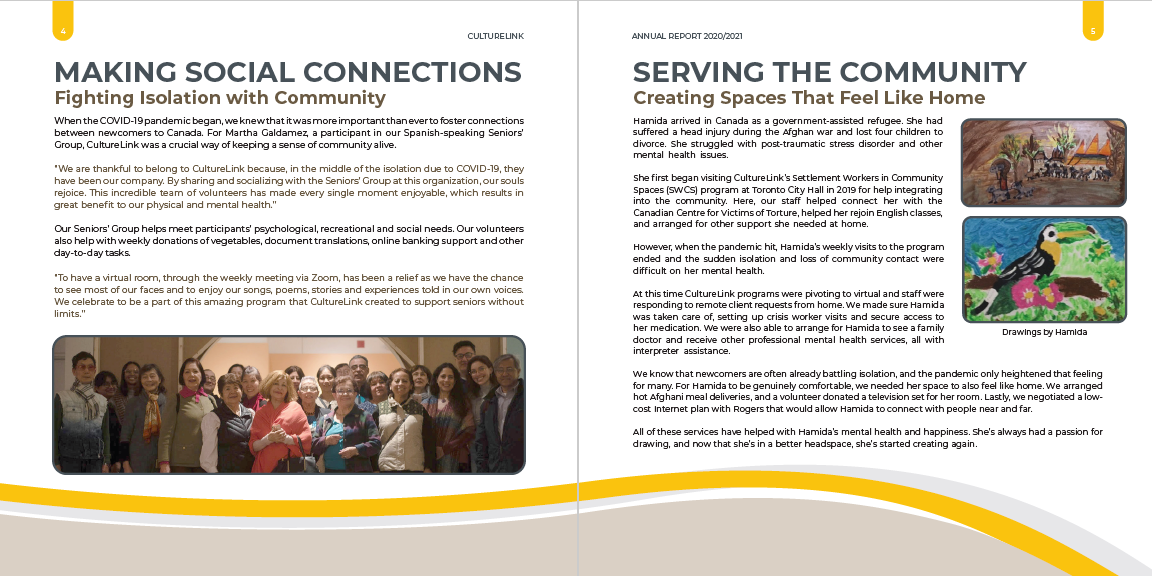6 things you need to know when hiring a graphic designer
Great graphic design can take your brand, or your content, in a direction you may have never even thought possible. But if you have never before worked with a graphic designer, the idea can be intimidating—you are essentially handing over your organization’s brand identity to a complete stranger. But, as long as you understand how to properly collaborate with your graphic designer, hiring the right person is a smart business decision.
With the help of Rachel Ott, owner of Varga Girl Design and Luminate’s trusted graphic design partner, we’ve put together a list to help the process, and your relationship with your graphic designer, move along smoothly so that you get the best possible final product, every time.
1) Understand the specifics of your own project. You don’t need to know exactly what the final project will look like before working with your graphic designer, but you do need to have a vision, even a vague one. The more information you can give your designer when you brief them, the better the first concepts will be. If your project is being printed, make sure your designer knows—they may even be able to offer cost-saving advice based on colours, bleed and paper stock. But those decisions need to be made before your designer gets started.
2) Do your research. If what’s being designed doesn’t need to adhere to brand guidelines, come ready to show your graphic designer what you like and don’t like. This helps guide their creative process. For example, find ideas on your competitors’ websites if you are designing a new website. (These can be ideas of what you like as well as of what you don’t like.) But, be open-minded as well, because your designer is going to take that nugget of an idea and interpret it based on your project specifics.
3) Know what you need to bring to the table. If you’re not sure, ask. What photos should they use? Does your company have brand guidelines to follow? What are the printing specs? And, who is writing the copy? “If I think you’re writing the copy and you think I’m writing the copy, we’re going to have a big problem,” says Rachel. (By the way, when this happens, Rachel calls us!)
4) Make sure the provided copy is really close to final. Making a ton of edits to copy in design is the fastest way to run up your costs beyond your expected budget. Do all of the editing and revisions with your copywriter before providing it to your designer, leaving just minor revisions and a final proofread for when the copy is laid out in the design.
5) Plan your timeline carefully. Like copywriting, rushed work is usually more expensive and, even with the higher rate, often of lesser quality than design crafted on a realistic schedule. If your project is being printed, talk to your printer to make sure their timelines are built into your schedule.
6) Be available during the revision process, and provide constructive feedback. When your designer submits concepts, make the time to review in a timely manner and send back your revisions and feedback. Be clear and specific with your feedback—if there is something you don’t like, explain why you don’t like it. This will give your designer better insight into what you want to see.
Written by luminate and designed by varga girl design




Varga Girl Design has been creating pretty powerful designs since 2001 and has been nationally recognized as a 2021 Top Canada B2B Design Firm and a Leading 2022 Print Design Company by the influential and independent marketing rankings site Clutch.co.

